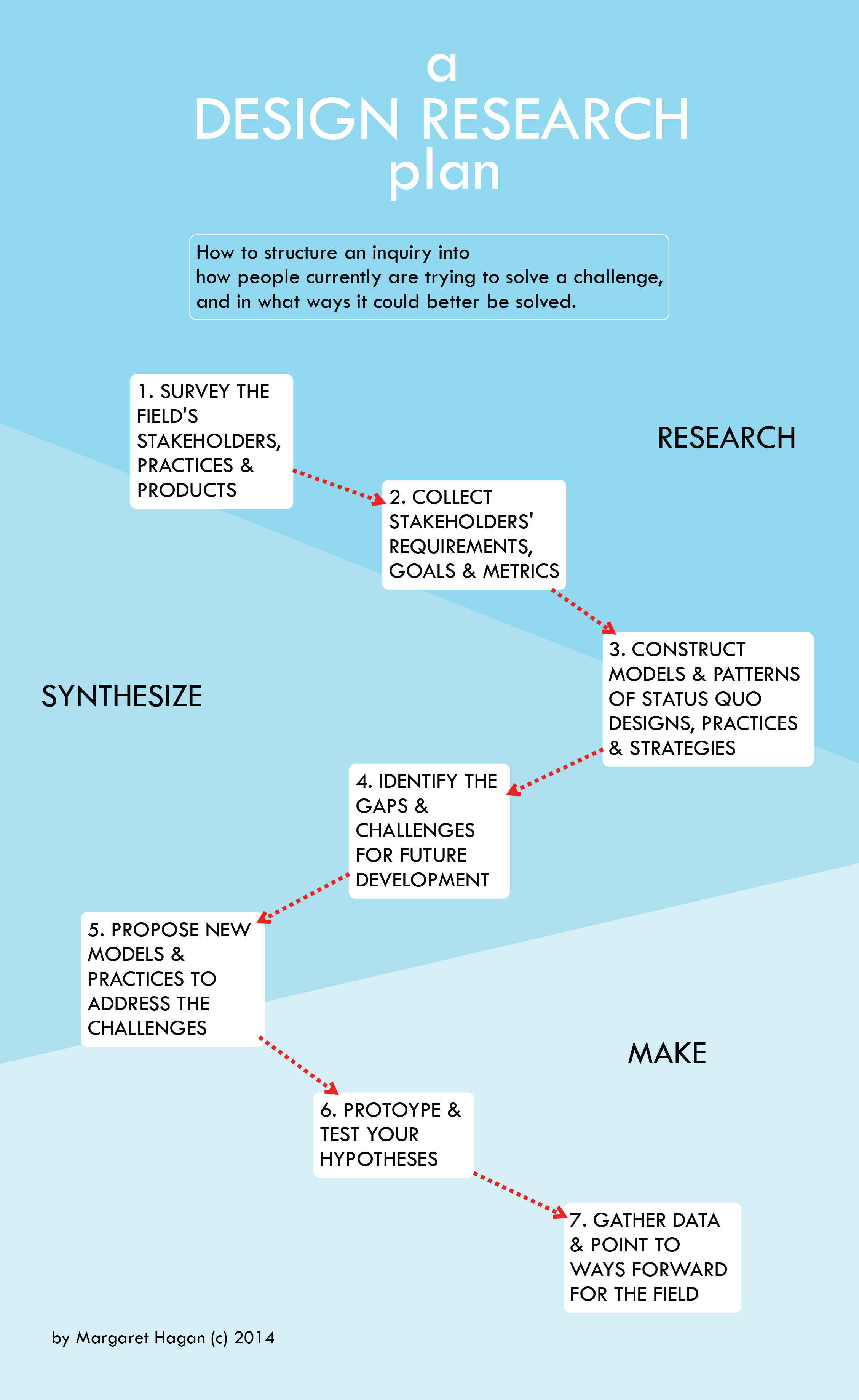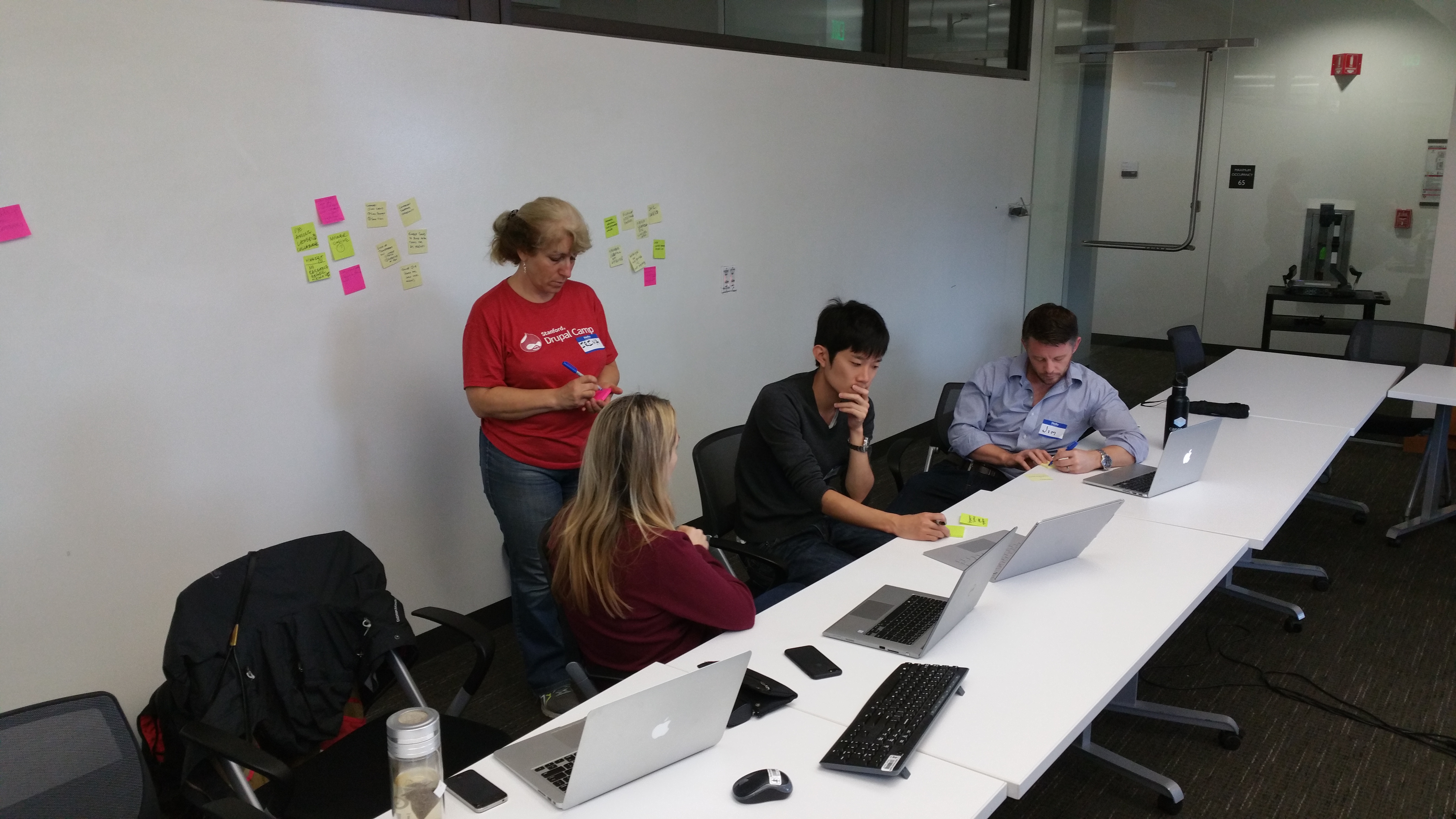I am spending my days writing & researching what new models of user-friendly legal services may look like. The goal is to launch a longer-term movement towards radical, disruptive new ways to help people get their legal tasks completed & legal problems resolved.
As I transform my notes & project write-ups into proper articles, there’s one roadblock I’m coming up against:
Who else is publishing on ‘making’ aspects of legal services?
Where are the journals (or other outlets) that publish scholarship on how legal services are delivered & experienced?
Where is the conversation on how we make law better?
I know there are blogs & informal discussions on this, but I’m struggling to find the right home for this type of academic work — what I would call ‘legal design research’.
I’ve found 2 possible homes for this publishing: legal tech-oriented journals or design/human-computer interaction (HCI) journals. The problem is that I want to speak to legal practitioners & builders — who aren’t likely to be reading design & HCI journals. And the Legal Tech journals are more interested in the law of technology than the technology of law — let alone the design of legal services.
Perhaps I will end up sending my work to both these homes — I would love to see more of a crossover between law, design, and HCI. Another option would be to start a journal of my own. If you have any other propositions for good homes for this type of work — please send it along.
In the meantime, I’ve been formalizing my plan of Legal Design Research — which takes aspects of the design process I’ve been learning and practicing over the past 4 years, and mixes it with the social science type of inquiry I was trained in during my BA, MA and PhD.
Below, please find a draft of my Design Research process plan — as a general process image, and then as a more detailed text description.
I am taking this Design Research route right now, applying it to the field of internet-based legal service products — and then likely to a wider field of consumer-friendly legal products. Send feedback, I’d be interested to hear what you think!
A Design Research Plan
A research plan to define a new area of products/services — and to push it forward with better designs, models, metrics, and practices.
1. Survey the Field
Do ethnographic work, Internet searches, & surveys, as well as stakeholder interviews to find out:
Who is building the products? Who is writing about what products should be built?
What are their goals?
What are their strategies?
What do they think are the user requirements for a good product?
What do they think are the system requirements for a good product?
2. Define the Metrics
Collect information from various stakeholders to define what the long-term & short-term goals are for this type of product/service — what would good outcomes look like in this field, for their target users & for themselves as professionals?
Questions to be asking:
What is a good outcome?
How do we measure the quality of services & products?
How do we measure professionals’ performance?
What do we want to happen to the user, in an ideal scenario? How can we observe if the user has experienced the desired outcomes?
Who to ask, where to observe?
Ask experts & thought-leaders in the area, including scholars & people writing on the field.
Watch in practice what the practitioners do (people who are working/building/serving) & observe from their work what their goals & metrics are.
Ask consumers & users of the services/products, and then also observe from their work what goals/metrics are.
3. Construct models and patterns from the status quo
What are the current hypotheses about how to achieve these desired outcomes through products/services?
Identify patterns in the current products.
Identify patterns in the theories/writings about the field.
Make explicit the theories that are driving groups’ product choices, strategies, desired outcomes, and metrics.
Make a list & name the patterns that show the hypotheses in action. Organize them into a useful presentation.
4. Identify the gaps
Where does the status quo not deliver? Where are there gaps in the theories & models? Where are the desired outcomes & the current products not in sync?
As the researcher/designer, find where there is dysfunction or missed opportunities.
Draw on larger theories from the field or analogous fields, about what other types of models, patterns, products, and services could be useful to achieve the outcomes.
Ask the current experts/users/practitioners about where they are not satisfied, what ‘gaps’ they think there are right now.
Make a list of the problems in the field that need to be addressed for the field to move forward in a good way. Categorize them into general problems, with specific problems underneath them.
5. Propose new models & products
Make some hypothetical solutions to these gaps, that would fix the dysfunction & improve the field.
Use the problem list to begin a design process.
Take one or more problems, have workshops with designers, practitioners & other stakeholders to design new ideas to solve this problem.
Use your own resources & design team to generate ideas to solve the problem.
Mix & match the current models in the status quo to try to generate a more comprehensive solution.
Develop some explicit hypotheses of which of these potential new models will be functional & advance the field.
6. Prototype them and test them
Take your hypotheses and make them real with prototypes, and then collect data about whether they achieve the outcomes in a better way than the status quo products/services.
Work with designers & developers to create working prototypes of your hypothetical models.
Choose which of the metrics/outcomes you are aiming for — what you hope to improve over the status quo.
Create a testing environment — through surveys, in-person product/service testing, online roll-outs, or otherwise — to put your prototypes in front of target users & collect feedback.
Be honest & self-critical, to see what parts of your hypothetical model works & what does not. Use the feedback to either make changes immediately & create a new prototype — or to write up what you would change in future models.
7. Draw Conclusions & Set Future Agenda
Use your fieldwork about the status quo, as well as your design proposals & feedback, to set an agenda for the stakeholders working in this field. Give them useful tools, frameworks & inspiration to use as they improve existing solutions & develop new ones.
Use the testing feedback to hone your hypotheses & define what future directions are needed for practitioners & experts.
Draw conclusions about what user requirements, system requirements, good metrics, and good models are for the field.
Finish with a plan of action for how the field may develop, to most benefit the user & the development of the field.




2 Comments
This is truly ground-breaking work. Go Margaret !!
I don’t know of any journals publishing this kind of research. There is probably not enough research in this area to support a stand alone journal any way.
Hello! I am going for innovation and management, business innovation journals or services design and marketing. they are all receptive to works on alternative interfaces to the law.
What about creating one entirely new journal? That would be quiet a project!